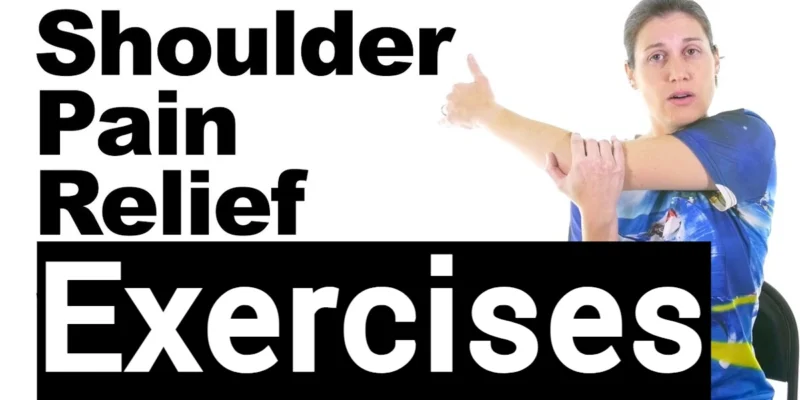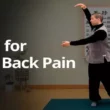[ez-toc]
The shoulder is a complex joint that allows for a wide range of motion. However, it is also prone to injuries and pain due to its mobility.
Whether you are recovering from a shoulder injury or looking to prevent one, incorporating specific exercises into your routine can aid in healing and strengthening the shoulder joint.
In this article, we will explore a variety of shoulder exercises that can help with the healing process.
Introduction
Shoulder injuries are common, affecting people of all ages and lifestyles. Whether caused by sports activities, repetitive motions, or accidents, these injuries can lead to pain, limited mobility, and a decrease in overall quality of life.
However, with the right exercises and proper guidance, it is possible to aid the healing process and regain shoulder strength.
Importance of Shoulder Exercises for Healing
Shoulder exercises play a crucial role in the healing process by promoting blood circulation, reducing stiffness, increasing flexibility, and strengthening the muscles surrounding the shoulder joint.
These exercises help in rebuilding strength, improving range of motion, and preventing future injuries. Additionally, they can enhance posture and overall shoulder stability.
Precautions Before Starting Shoulder Exercises
Before starting any exercise regimen for shoulder healing, it is important to consult with a healthcare professional or a qualified physical therapist.
They can assess your condition and provide specific guidance tailored to your individual needs. It is vital to follow their instructions and not push beyond your comfort level to avoid further injury.
Range of Motion Exercises
Range of motion exercises are designed to improve the flexibility and mobility of the shoulder joint.
Here are two effective range-of-motion exercises:
Pendulum Exercises
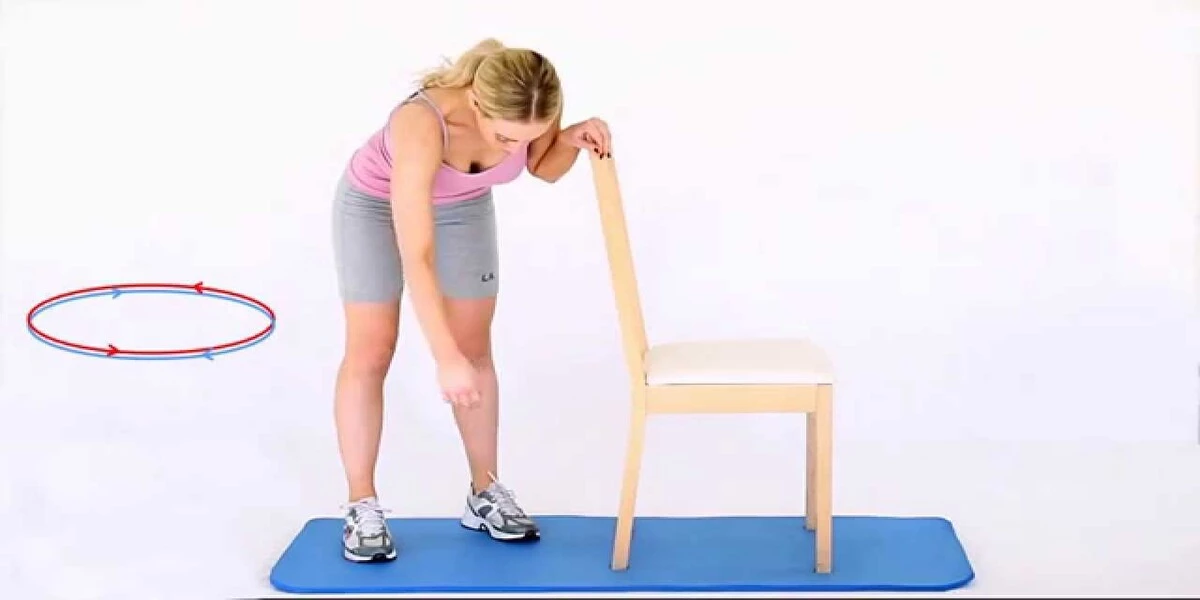
Pendulum exercises involve gently swinging the arm in different directions to loosen up the shoulder joint. Stand next to a table or chair and lean forward, supporting your non-injured arm on the surface.
Allow your injured arm to hang freely and swing it back and forth, side to side, and in circular motions. Perform these exercises in a controlled manner, gradually increasing the range of motion over time.
Passive Range of Motion Exercises
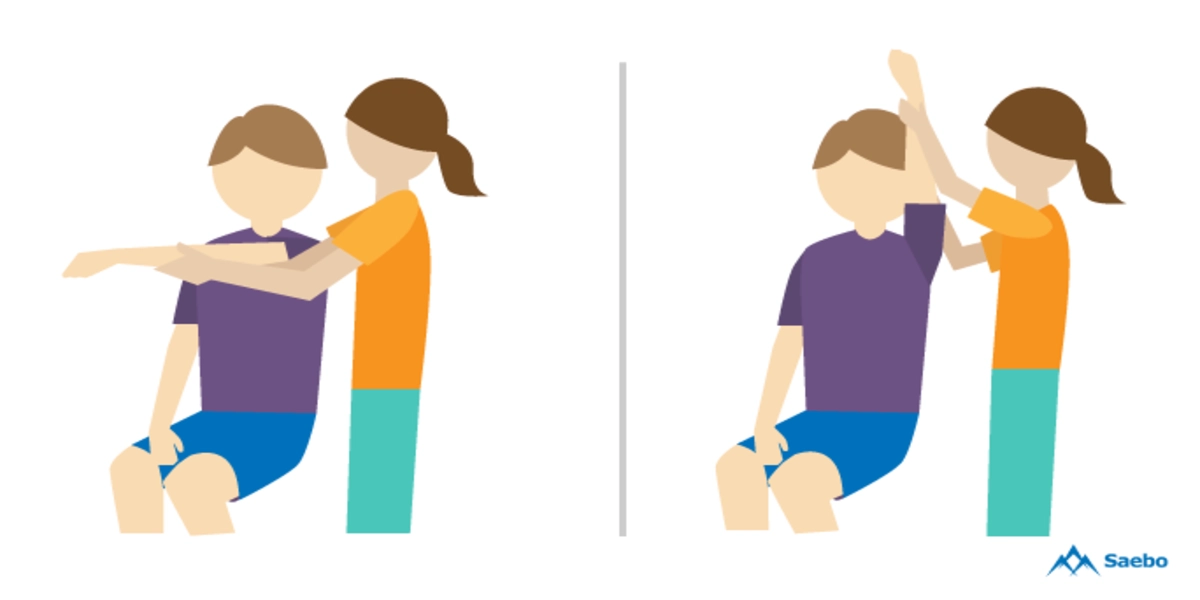
Passive range of motion exercises involves using your non-injured arm or assistance from a therapist to move your injured arm through various motions.
These exercises can include forward arm raises, outward rotations, and internal rotations. They should be performed under the supervision of a professional to ensure proper technique and safety.
Strengthening Exercises
Strengthening exercises are crucial for rebuilding muscle strength and stability in the shoulder.
Here are three effective exercises:
Resistance Band Exercises

Resistance band exercises are a great way to gradually strengthen the shoulder muscles while minimizing the risk of re-injury.
Attach a resistance band to a stable object and hold the other end in your hand. Perform exercises such as shoulder external rotations, internal rotations, and rows. Start with lighter resistance and gradually increase as your strength improves.
Shoulder Press
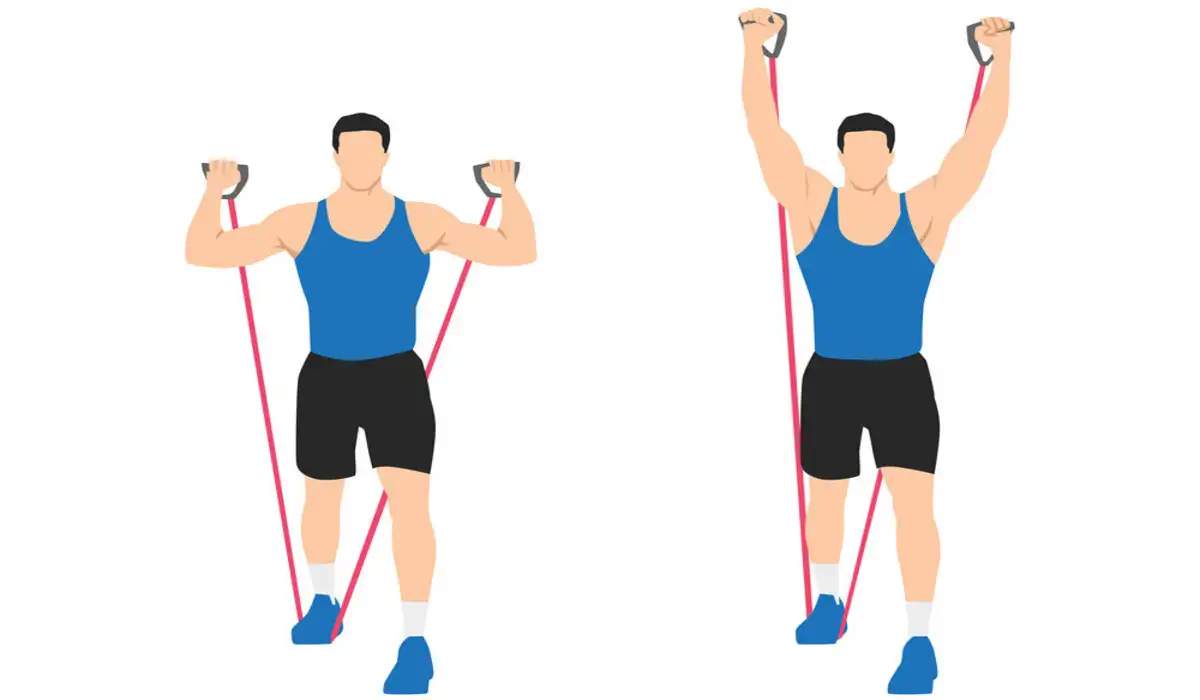
Shoulder presses target the deltoid muscles and help in building upper body strength. Sit or stand with a dumbbell in each hand, positioned at shoulder height.
Also Read: Mindfulness and Meditation for Seniors: Promoting Emotional Well-being
Press the weights upward until your arms are fully extended, and then lower them back down to the starting position. Perform this exercise with controlled movements and focus on maintaining proper form.
External Rotation
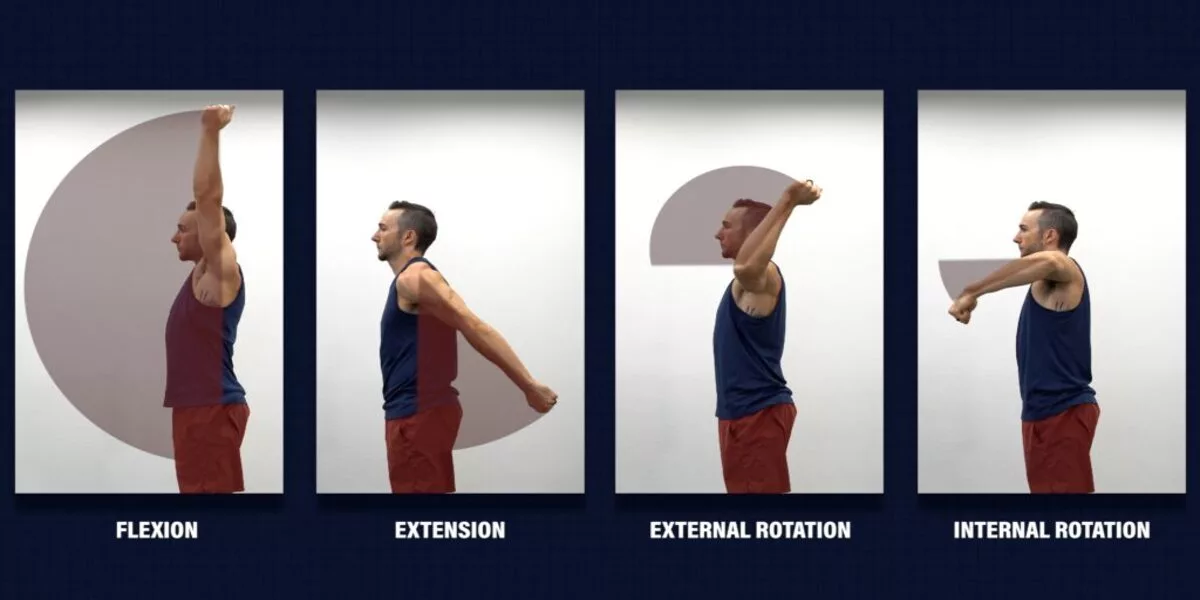
External rotation exercises strengthen the rotator cuff muscles, which are essential for shoulder stability. Hold a light dumbbell or resistance band in one hand and keep your elbow bent at a 90-degree angle.
Slowly rotate your arm outward, away from your body, and then return to the starting position. Repeat this exercise for both arms.
Stretching Exercises
Stretching exercises can help improve flexibility, relieve muscle tension, and reduce the risk of stiffness in the shoulder joint.
Here are three effective stretches:
Shoulder Flexion Stretch
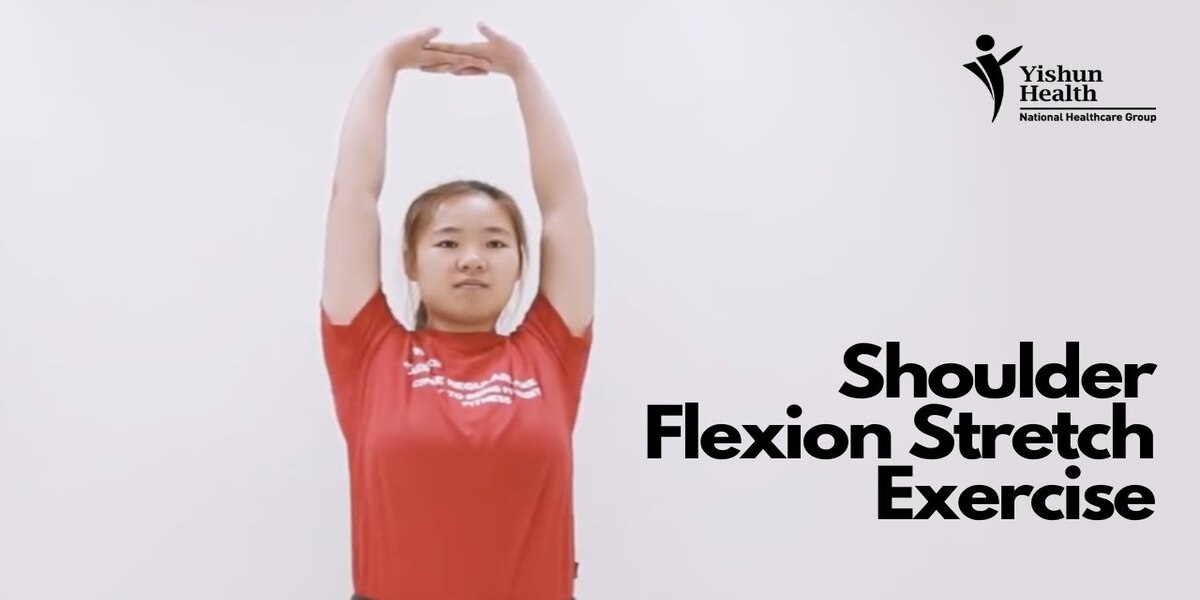
Stand or sit upright and clasp your hands behind your back. Gently lift your arms upward, keeping them straight, until you feel a stretch in the front of your shoulders. Hold the stretch for 20-30 seconds and repeat several times.
Chest Stretch
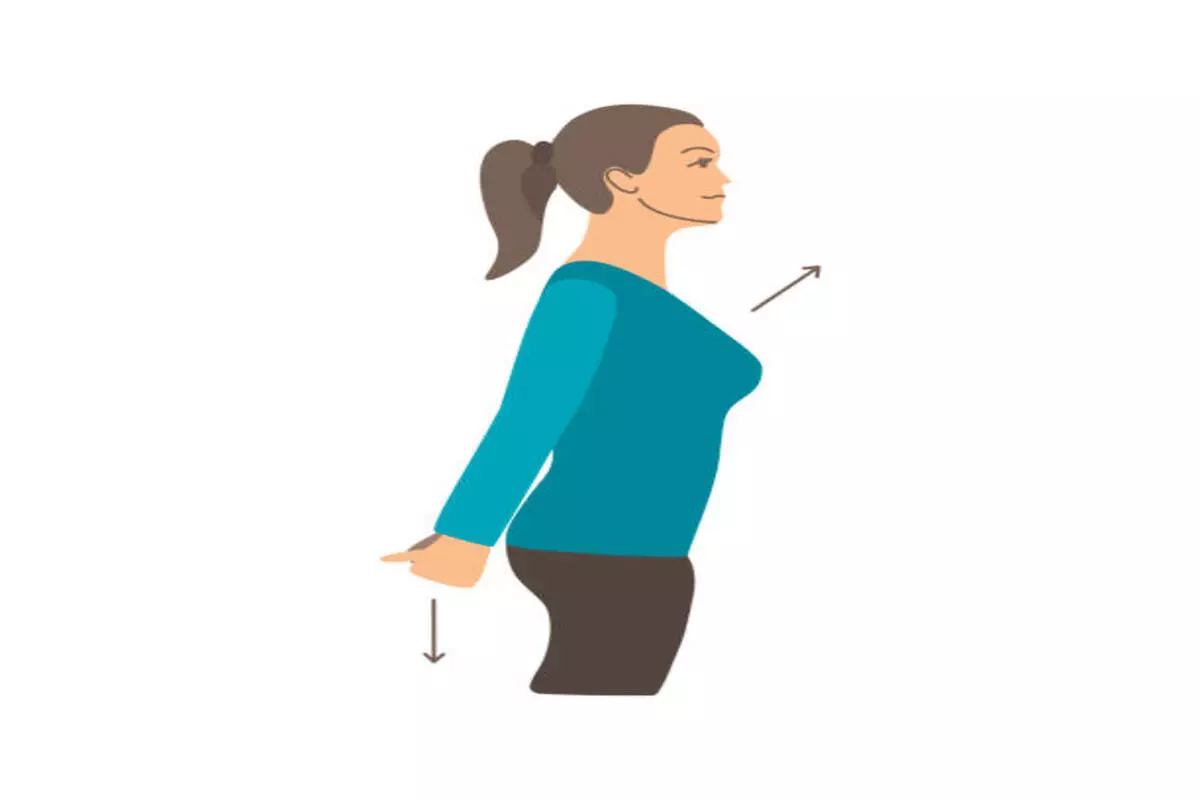
Stand next to a doorway and place your forearm against the doorframe at a 90-degree angle. Gently lean forward, allowing your chest muscles to stretch. Hold this position for 20-30 seconds and repeat on the other side.
Doorway Stretch
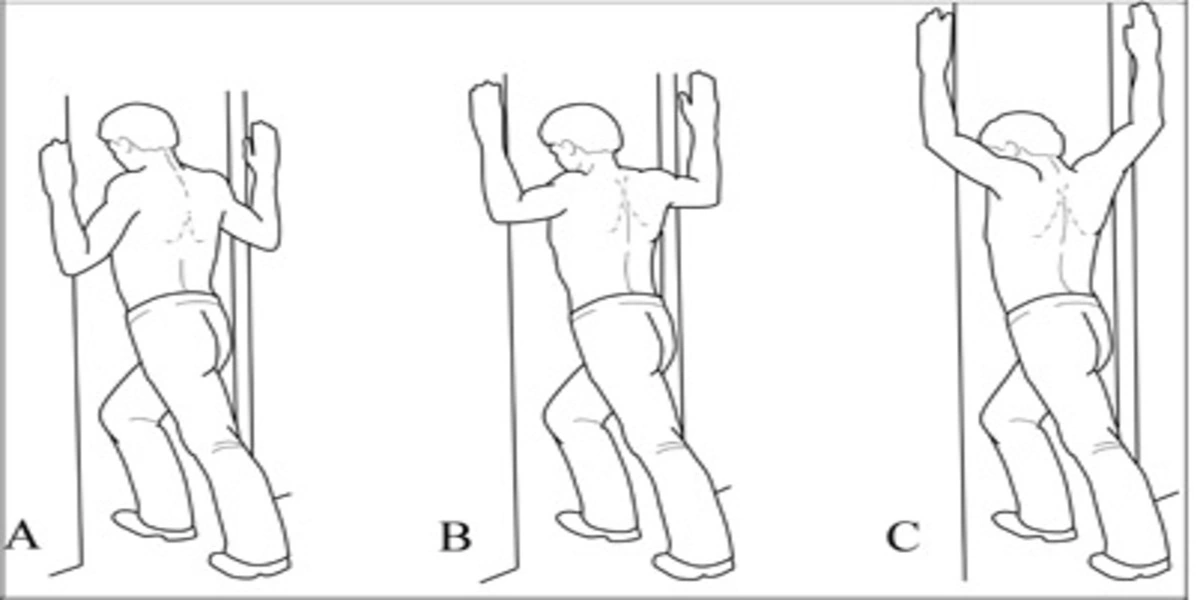
Stand in a doorway with your arms at a 90-degree angle, resting against the doorframe. Take a step forward, allowing your chest to stretch while keeping your elbows and forearms in contact with the doorframe. Hold the stretch for 20-30 seconds and repeat several times.
Posture Correction Exercises
Poor posture can contribute to shoulder pain and dysfunction. These exercises aim to improve posture and promote proper alignment.
Here are two exercises to try:
Scapular Retraction
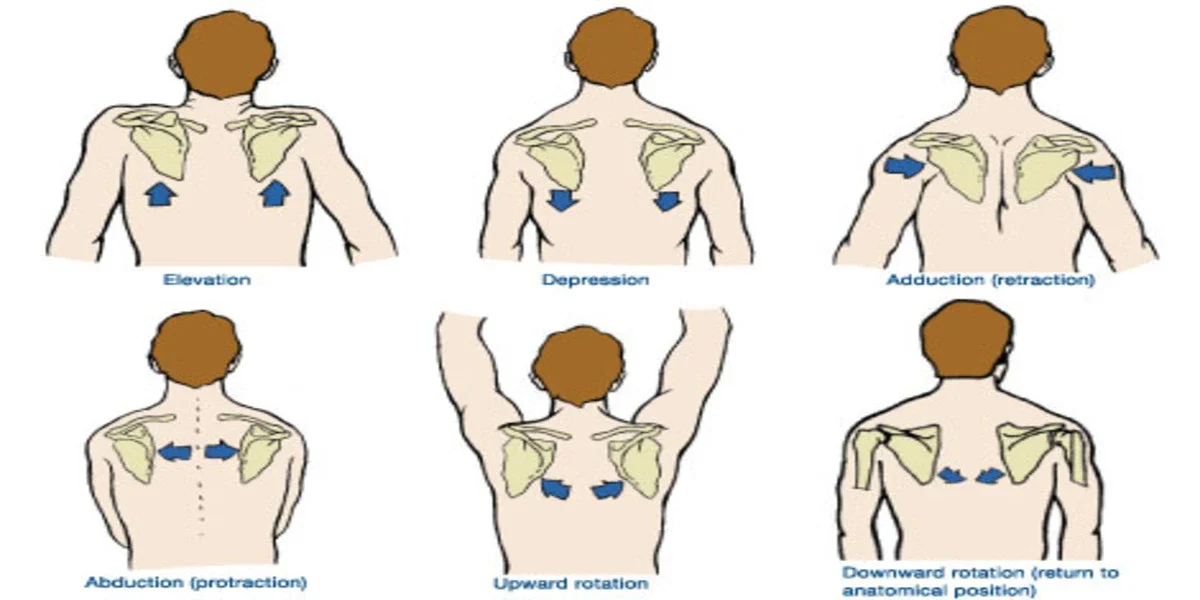
Sit or stand with your arms by your sides. Squeeze your shoulder blades together, imagining that you are trying to hold a pencil between them.
Hold this position for a few seconds, then release it. Repeat this exercise for several repetitions.
Shoulder Blade Squeezes
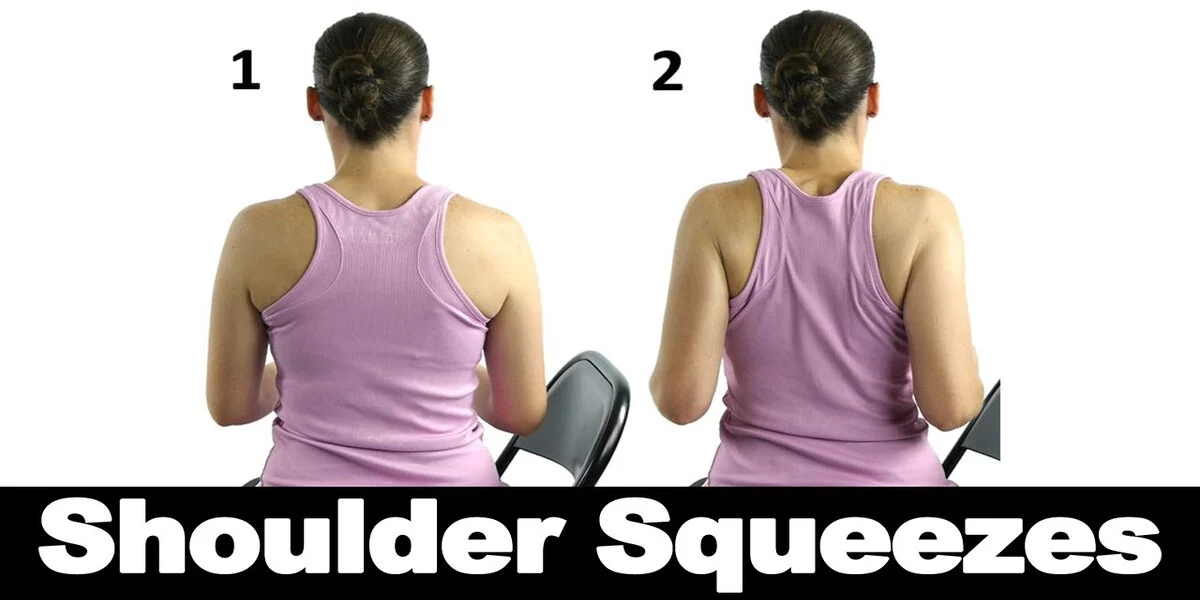
Sit or stand upright with your arms relaxed at your sides. Slowly squeeze your shoulder blades together, as if trying to pinch something between them. Hold for a few seconds, then release. Repeat this exercise for several repetitions.
Stability and Balance Exercises
Stability and balance exercises help improve the overall strength and coordination of the shoulder joint.
Here are two exercises to incorporate:
Plank Shoulder Taps
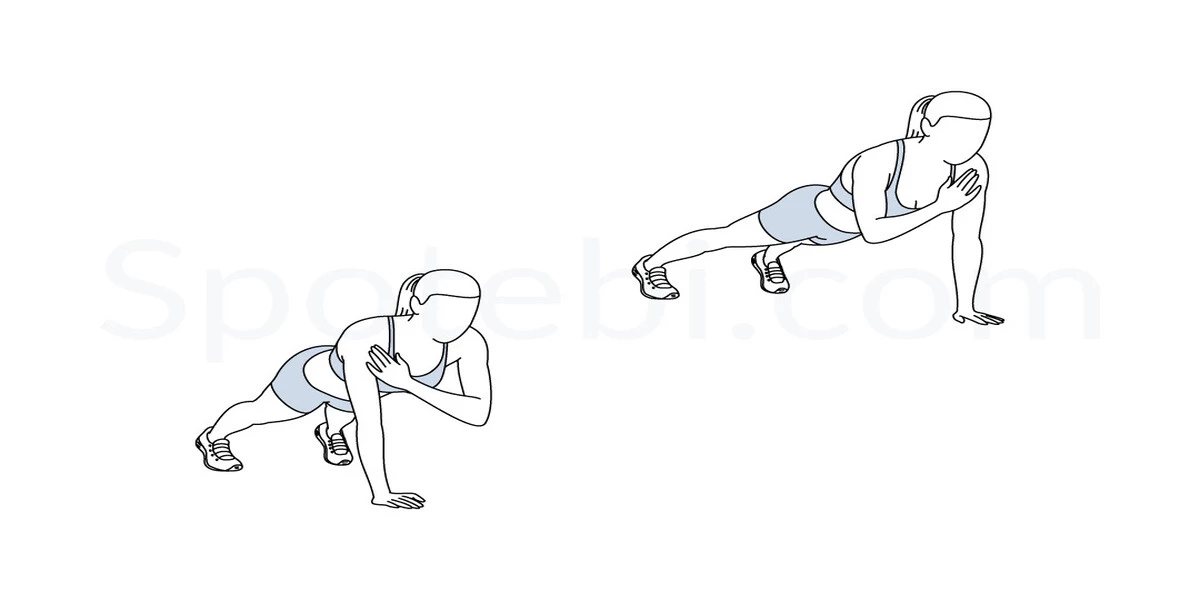
Assume a plank position with your arms fully extended and your body in a straight line. Lift one hand and tap the opposite shoulder, then repeat with the other hand. Focus on maintaining a stable core and minimizing rotation in the hips. Alternate sides for a set number of repetitions.
Side Plank with Arm Raise
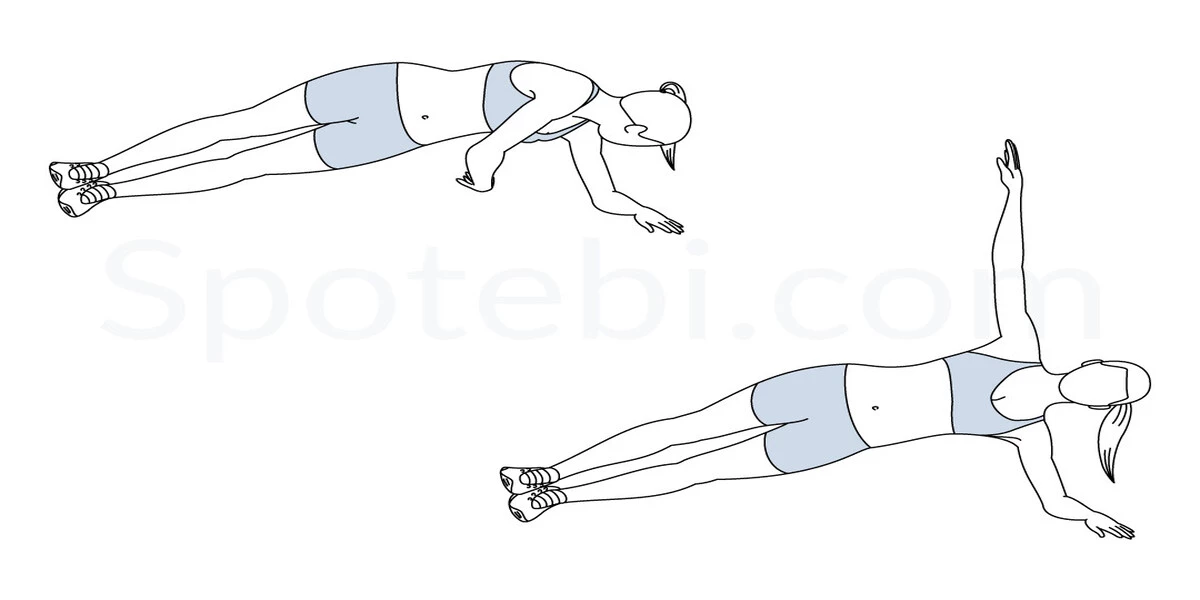
Start in a side plank position with your elbow directly beneath your shoulder and your body forming a straight line.
Raise your top arm straight up towards the ceiling while keeping your body stable. Lower the arm back down and repeat. Switch to the other side and perform the same movement.
Conclusion
Shoulder exercises are essential for healing, strengthening, and maintaining the health of the shoulder joint.
By incorporating a combination of a range of motion exercises, strengthening exercises, stretching exercises, posture correction exercises, and stability and balance exercises, you can promote healing, reduce pain, and prevent future shoulder injuries.
Remember to consult with a healthcare professional or physical therapist before starting any exercise program, especially if you have a pre-existing shoulder condition or injury.
Incorporating these shoulder exercises into your routine can greatly contribute to your overall shoulder health and function.
Remember to start slowly, listen to your body, and gradually increase the intensity and duration of your workouts. Consistency is key when it comes to reaping the benefits of shoulder exercises.



